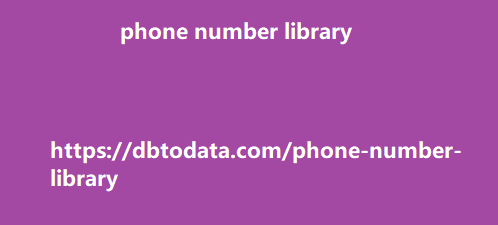Just make sure that the file name of the image clearly defines what is in the photo. 4. Optimize Image Alt Text The alt text (alternative text) of an image is used by browsers to provide context to users of what an image is about if it cannot properly load it. understand an image and is an important on-page SEO factor. Optimizing the alt text of an image means providing a clear description of what the image is. You should also add your target keyword here to better optimize it for rankings as long as it fits the context of an image. For example, here’s a photo of a condominium for sale in Makati City in the Philippines: photo of a condominium A good alt text that clearly describes the photo and is also optimized for SEO would be “proscenium rockwell sakura tower condominium for sale makati city”.
It includes the location of the condominium showed
in the image as well as the target keyword which is “condominium for sale makati city”. 5. Provide Context around your Images Though the image file name and its alt text are used by Google to understand what an image is about, those are not the only things Google looks at. In 2018, Google updated Google images to show not only the URL of the image source but also the page title of the image source to give users more context about the image. golden retriever google images search results To get this data, Google gets various information from the webpage such as the title tag and meta tags to help it understand what an image is all about and serve users the most relevant images to their search.
6. Add Dimensions When inserting an image
to a page, it is always a good practice to set the width and height of the image. Without a dimension, a browser will not be able to allot a space for it during page load. As a result, some elements of the page may move around from their original places. This causes a poor score for Cumulative Layout Shift (CLS) which is one of the three metrics in Core Web Vitals. I would also recommend avoiding the use of CSS to style images into a page and just set the dimensions through HTML. You could also just set the width and the browser will automatically calculate the height.
7. Compress your Images Images carry a lot of
weight during page load. Large image file sizes can result in poor loading speeds. That is why it is recommended that you compress your images that could trim off a good chunk of image file sizes. Yes, quality may be reduced but not to a point that is noticeable for average users. Check out this photo of our team here at SEO Hacker. The first one is the original photo (552kb) while the second one is the compressed photo (442kb 20% compressed). photo of the seo hacker team seo hacker team photo compressed See the difference? That’s right… There is no difference between the images but there is a difference in page loading speeds.
You could use Google’s PageSpeed Insights to
compare the loading performance of algeria phone number library webpages with compressed and uncompressed images. PageSpeed Insights can also help you identify which images on the webpage are taking too long to load. There are a lot of free image compressor tools that are available online. You could also take a look at Imagemin which is recommended by Google because it can compress a wide variety of image format. I highly recommend that you compress your images before uploading them to your website. But how about images that are existing on your website? Do you have to re-upload all of them? Don’t worry. If you’re using WordPress, you could download plugins that can automatically compress all images on your website.
We recommend using WP Smush. 8. Add Structured
Data Marking up your pages with structured data can make your images eligible for rich results and badges that could make your images more visually appealing in the search results and attract more clicks. Currently, only three structured data types for images are accepted by Google. I’ve also included a link to Google’s guidelines that you should follow. Product Video Recipe Take note that structured data for images is just like regular search results. It doesn’t affect rankings directly but it could increase your click-through rate. 9. Use an Image Sitemap XML sitemaps help Google crawl the pages of your website. They usually include URLs only but you could also add images in your XML sitemap or create a separate image sitemap and submit it to Google.
Google automatically crawls images inside posts
and pages but there are situations push notifications: which channel is right for your business where Google is unable to find images. Creating a separate image sitemap is optional but Google’s bot is more than happy to use it if it’s available. You could create an image sitemap on your own if you are knowledgeable in web development but if not, I highly recommend that you use image sitemap generators to skip the hassle. 10. Use an Image CDN An image CDN is a great investment if you want to really boost the loading speed of your website. In general, a CDN or content delivery network distributes your website content/resources to the nearest possible data center location of a user.
The closer a server is to a user, the faster
a webpage load. There are quite a few qatar data differences between a regular CDN and an image CDN. Not only does image CDN’s improve the delivery times of images but also define other factors such as image format, file size, aspect ratio, and quality. Using an image CDN can cost you some money but it is definitely recommended for large websites especially those with an international user base. Google has launched a new and, hopefully, last core update of the year. core update Google released was back in May of this year.


